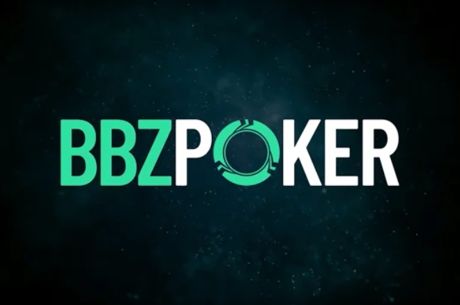Bankroll Builders, Vol. 4: Omaha Hi/Lo, Part 1

Game selection is crucial when it comes to building a bankroll. When you��re just starting off and have only a few hundred dollars in your online account, finding soft games will go a long way toward running up your balance.
The ��poker boom�� may be six years old, but no-limit hold��em is still by far the number-one game choice. Consequently, the competition at the NLHE tables has grown much tougher with new training sites and strategy texts constantly popping up.
These days, thousands of no-limit hold��em geniuses grind it out online every day, but at the Omaha hi/lo tables it��s still a virtual donkey farm circa 2003. If you��re looking for a lower-variance game that can be played on a shorter bankroll and have the patience to learn the finer points of split-pot poker, Omaha hi/lo could be an excellent fit.
Where can I play?
Every major online poker site offers Omaha hi/lo cash games as well as Omaha hi/lo sit-n-goes. Full Tilt Poker and PokerStars have a high volume of O8 players and it��s pretty easy to find a six-max or full ring cash game seat at virtually any hour of the day at limits from $0.25/$0.50 up to $8/$16.
Generally speaking, the O8 games on Stars play tighter than the ones on Full Tilt, especially at nine-handed tables. Cake Poker and UB also offer Omaha hi/lo, and though the game selection isn��t as plentiful, the competition is incredibly soft.
Where should I start?
The good news about Omaha hi/lo? It��s a far lower variance game than hold��em, which makes it such an excellent way to run up a bankroll. There are two ways to win the pot, and although you should always be playing hands that have a good probability to scoop, it is quite common to come away with at least half the pot if you flop a good two-way draw.
Let��s say you��re holding A?2?5?Q? and the flop comes down J?6?4?. If you hit a five, a seven, or an eight on the turn or river, you��ll have the nut low. If a three falls, you��ll have a six-high straight and the nut low, and any diamond will make you the nut flush. That��s 20 outs with two to come, and four of them, the 3?, 5?, 7? and 8?, give you a virtual hammer-lock on a scoop.
Because the swings aren��t as dramatic in Omaha hi/lo, you don��t need nearly as large a bankroll as you do in hold��em. Split pots keep the variance down and the occasional huge scoop keeps profits up. A tight, conservative player can get started with 100 big blinds while a looser, more aggressive player might want to stick with 200 big blinds to avoid going broke. For $0.50/$1 games, have $100-$200 in your online account, for $1/$2 have $200-$400, and for $2/$4 have $400-$800.
Should I multitable?
Most pundits will tell you to stick to one table while you��re learning, which is sound advice. Once you feel comfortable with Omaha hi/lo, however, branching out to several tables can be a winning proposition. For many players, having two or three tables up at once can go a long way to alleviating boredom and improving concentration while playing online.
While playing only one table, it��s easy to become distracted and fill the time between hands by surfing the Internet, downloading music, or watching television. With two or three tables open, there��s always a hand to be played and you��re more likely to find yourself concentrating on the game in front of you rather than on updating your Facebook page.
How much can I earn?
Skilled Omaha hi/lo players can enjoy a significantly higher earn rate than their limit hold��em counterparts. When you scoop a pot in Omaha hi/lo, it is typically larger than your average limit hold��em pot, and in the long run, those extra bets really add up. While 1 to 1.5 big bets per hour is a good win rate at limit hold��em, a solid Omaha hi/lo player can make around 2 to 2.5 big bets per hour. When it comes to sit-n-goes, the top low-limit Omaha hi/lo players are enjoying a return on investment (ROI) anywhere from 5 to 15 percent higher than their no-limit hold��em opponents.
When should I move up?
Move up in limits only when you��re comfortable, or when you have 200 big blinds at the next limit. If you��re a $1/$2 player and you��ve run the $250 you started with up to $400-$500, go ahead and give the $2/$4 games a shot. If you find yourself in over your head or drop your roll back down to $250-$300, move back down.
In Part 2, we��ll get into starting hands, strategy, and more tips from the trenches. Stay tuned!
To try your hand at Omaha hi/lo, open an account at one of our online poker rooms. And why not follow us on Twitter while you��re at it?








